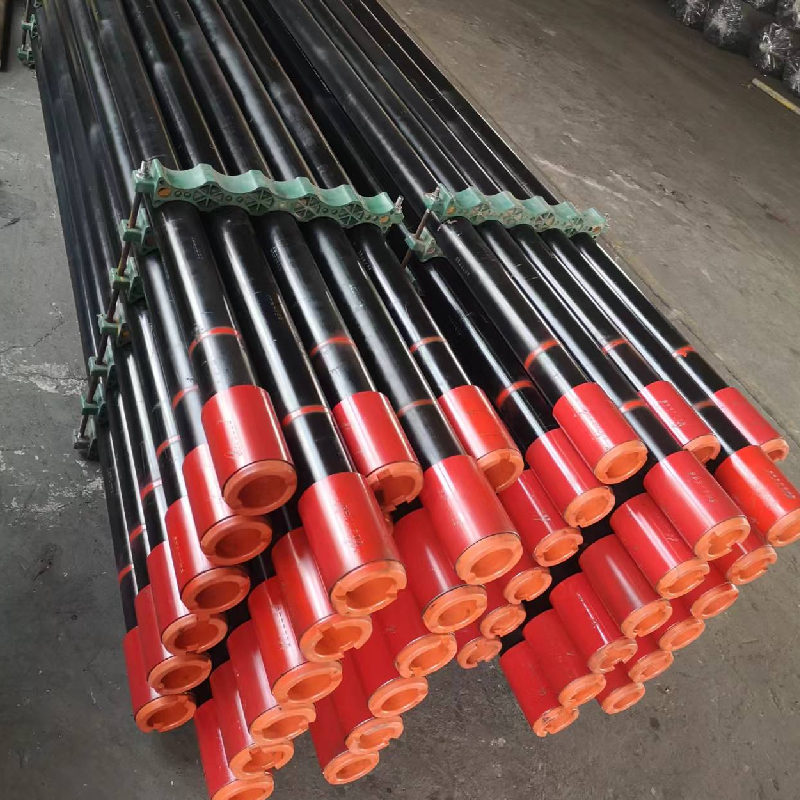- Afrikaans
- Albanian
- Amharic
- Arabic
- Armenian
- Azerbaijani
- Basque
- Belarusian
- Bengali
- Bosnian
- Bulgarian
- Catalan
- Cebuano
- Corsican
- Croatian
- Czech
- Danish
- Dutch
- English
- Esperanto
- Estonian
- Finnish
- French
- Frisian
- Galician
- Georgian
- German
- Greek
- Gujarati
- Haitian Creole
- hausa
- hawaiian
- Hebrew
- Hindi
- Miao
- Hungarian
- Icelandic
- igbo
- Indonesian
- irish
- Italian
- Japanese
- Javanese
- Kannada
- kazakh
- Khmer
- Rwandese
- Korean
- Kurdish
- Kyrgyz
- Lao
- Latin
- Latvian
- Lithuanian
- Luxembourgish
- Macedonian
- Malgashi
- Malay
- Malayalam
- Maltese
- Maori
- Marathi
- Mongolian
- Myanmar
- Nepali
- Norwegian
- Norwegian
- Occitan
- Pashto
- Persian
- Polish
- Portuguese
- Punjabi
- Romanian
- Russian
- Samoan
- Scottish Gaelic
- Serbian
- Sesotho
- Shona
- Sindhi
- Sinhala
- Slovak
- Slovenian
- Somali
- Spanish
- Sundanese
- Swahili
- Swedish
- Tagalog
- Tajik
- Tamil
- Tatar
- Telugu
- Thai
- Turkish
- Turkmen
- Ukrainian
- Urdu
- Uighur
- Uzbek
- Vietnamese
- Welsh
- Bantu
- Yiddish
- Yoruba
- Zulu
what are the differences between casing and tubing?
The Differences Between Casing and Tubing in Oil and Gas Industry
In the oil and gas industry, the extraction of hydrocarbons from wells requires a comprehensive understanding of various components critical to the drilling and production process. Among these components, casing and tubing play vital roles. While both are used to facilitate the extraction process, they differ significantly in structure, purpose, installation, and functionality. Understanding these differences is essential for anyone involved in drilling operations.
Definition and Structure
Casing refers to the system of pipes that are installed in the wellbore to provide structural integrity to the well. It is usually made of steel and is designed to support the walls of the well, preventing cave-ins and contamination of underground water reservoirs. Casing comes in various sizes and configurations, depending on the geological conditions and the depth of the well. It typically has thicker walls to withstand the pressure from the surrounding earth and fluids.
Tubing, on the other hand, is a smaller pipe inserted within the casing. It is primarily used for the transportation of oil and gas from the reservoir to the surface. Tubing also serves as a conduit for any production fluids and can be monitored for pressure and flow rates. As compared to casing, tubing generally has thinner walls as it does not need to support as much weight or pressure.
Purpose and Functionality
The primary purpose of casing is to support the wellbore and isolate different geological formations. It acts as a barrier to prevent fluids from the surrounding formations from contaminating freshwater aquifers and protects the well from any environmental hazards. Casing also enables the safe and efficient control of the well’s pressure and temperature.
Conversely, tubing is designed specifically for production flow. Once the well has been drilled and cased, tubing is installed to transport hydrocarbons to the surface. It allows for the control of the produced fluids by using valves and pumps. Tubing may also be fitted with various downhole tools, such as gauges, that monitor the well's performance.
what are the differences between casing and tubing?

Installation Process
The installation processes of casing and tubing also differ considerably. Casing is assembled and installed during the drilling process. After each section of the well is drilled, casing is cemented in place to create a secure seal. The cementing process also helps to bond the casing to the geological formations, providing additional support.
Tubing installation occurs after the well has been completed. Once the well has been cased and the cement has set, the tubing is lowered into the well. The top of the tubing is usually attached to the surface facilities, where production can occur. If maintenance is needed, tubing can be removed and replaced more easily than casing, which is a major advantage.
Lifespan and Maintenance
Casing generally has a longer lifespan than tubing due to its robust construction, designed to withstand the environmental pressures for many years. However, casing can suffer from issues such as corrosion or damage from geological movements, which can lead to failure.
Tubing, being more vulnerable due to its thinner walls and exposure to corrosive production fluids, requires more frequent inspection and maintenance. It may need to be replaced periodically—especially in wells with aggressive production environments.
Conclusion
In summary, while casing and tubing are both integral components of oil and gas wells, they serve distinct purposes and possess unique characteristics. Casing provides the structural integrity and safety necessary for well operations, isolating various formations and preventing contamination. Tubing, on the other hand, is focused on transporting production fluids to the surface and facilitating the efficient extraction of hydrocarbons. Understanding these differences is crucial for effective well management and production optimization in the oil and gas industry. Each plays a pivotal role in ensuring the safety, efficiency, and productivity of drilling operations.
-
Tubing Pup Joints: Essential Components for Oil and Gas OperationsNewsJul.10,2025
-
Pup Joints: Essential Components for Reliable Drilling OperationsNewsJul.10,2025
-
Pipe Couplings: Connecting Your World EfficientlyNewsJul.10,2025
-
Mastering Oilfield Operations with Quality Tubing and CasingNewsJul.10,2025
-
High-Quality Casing Couplings for Every NeedNewsJul.10,2025
-
Boost Your Drilling Efficiency with Premium Crossover Tools & Seating NipplesNewsJul.10,2025







